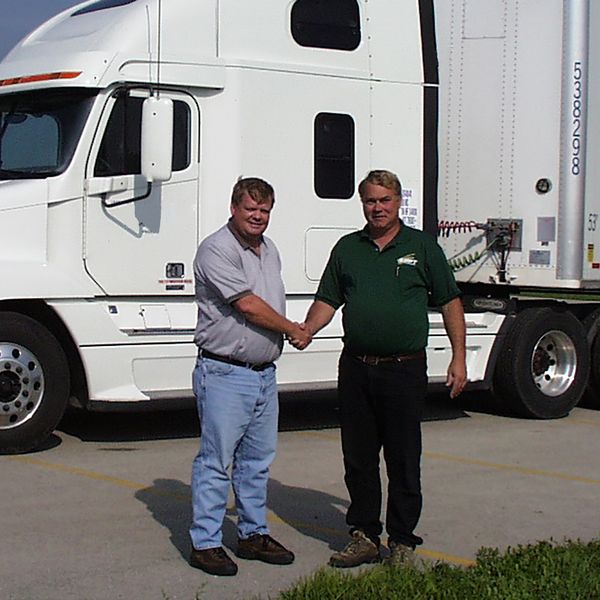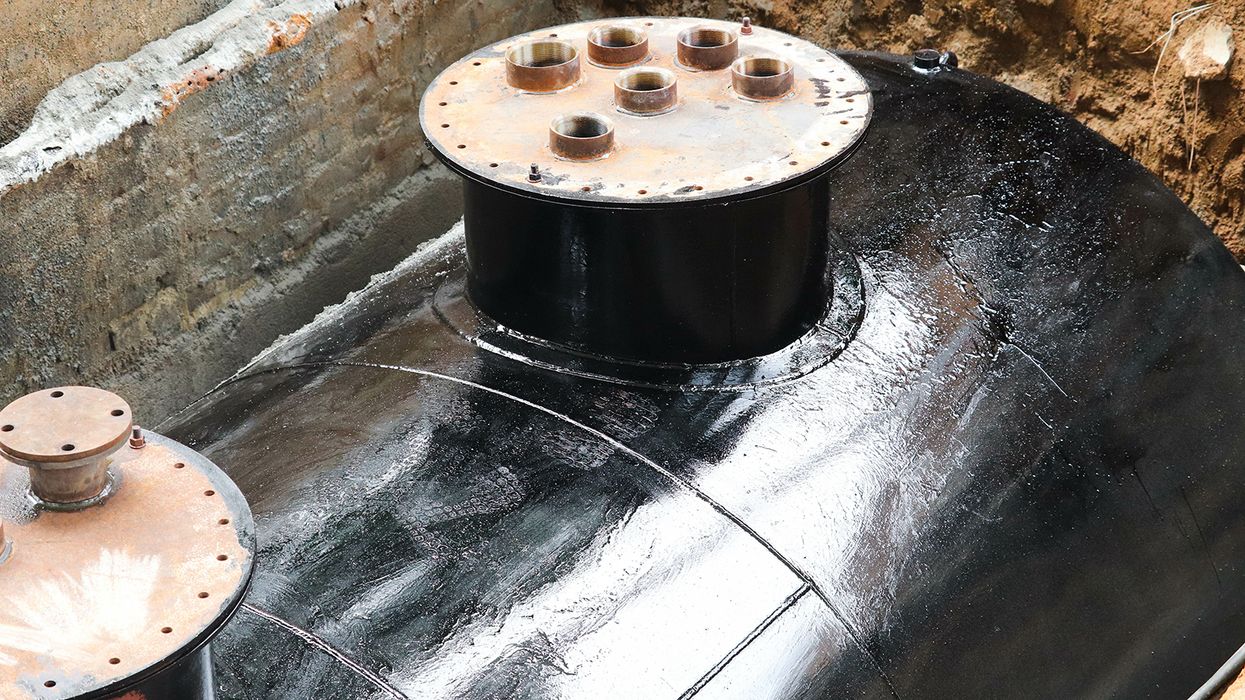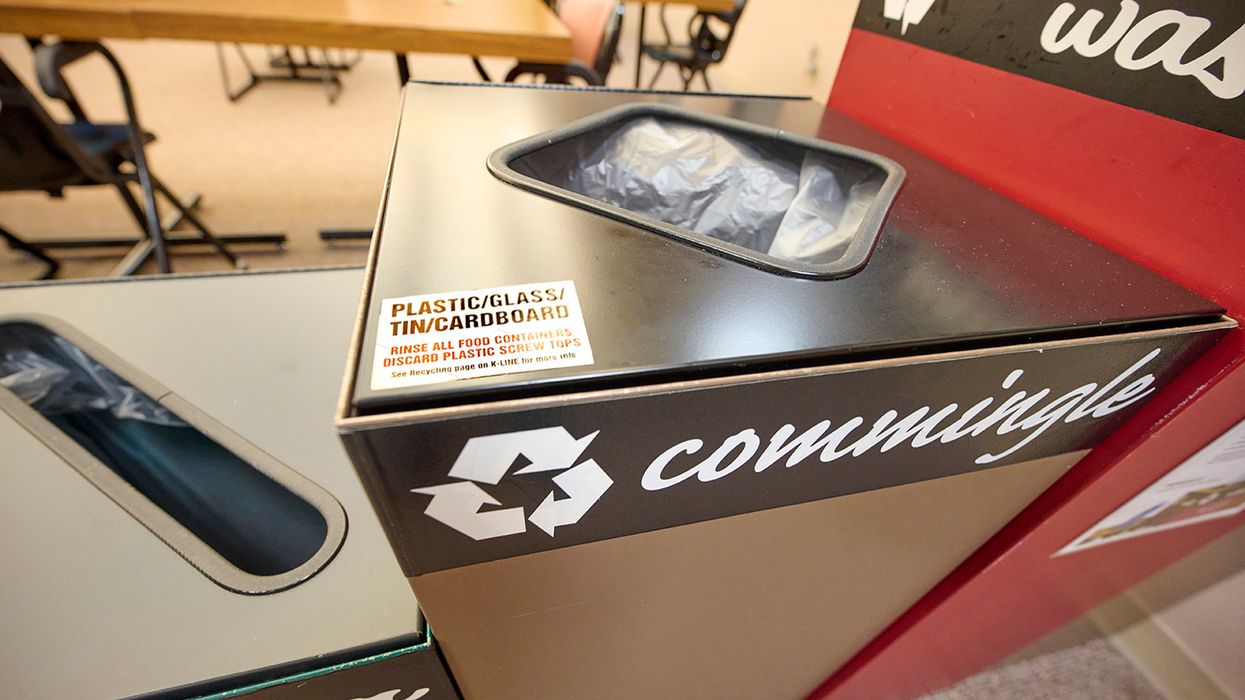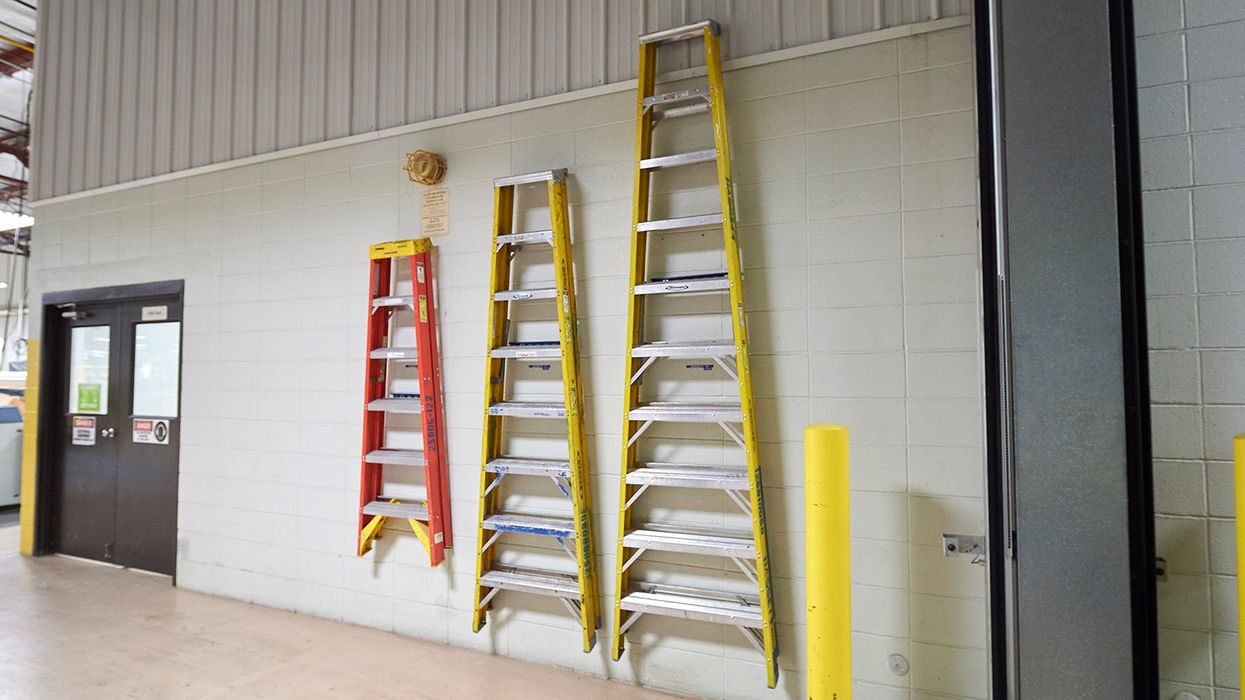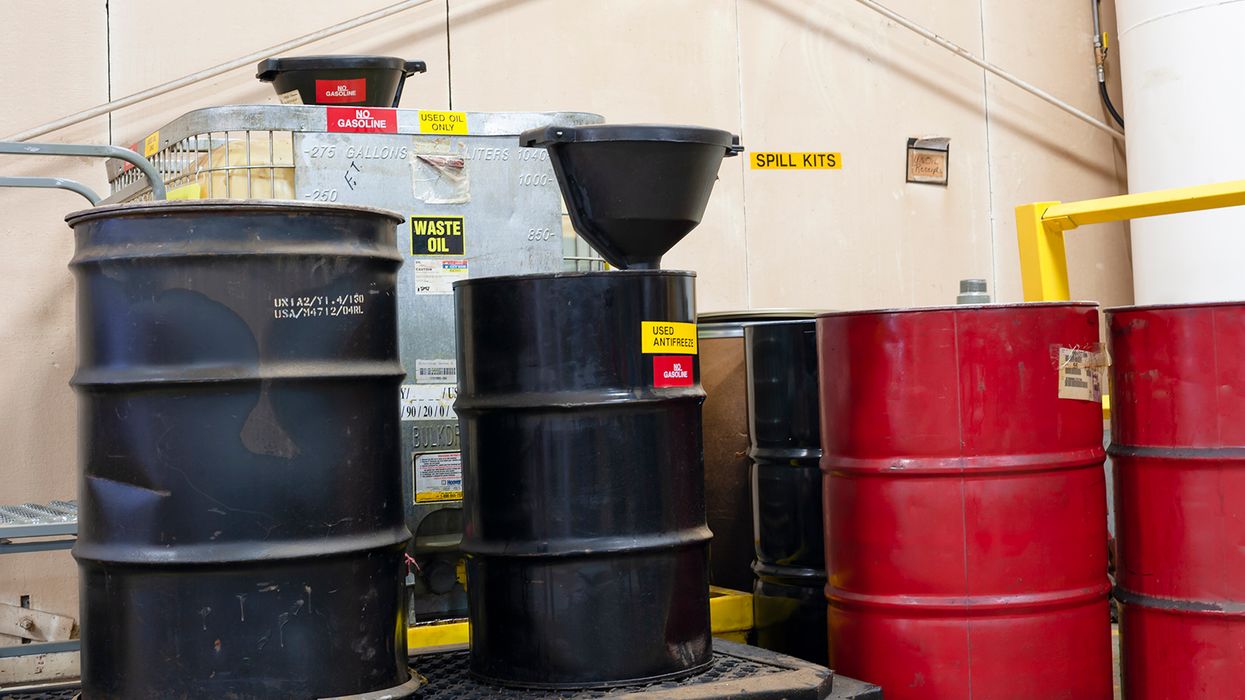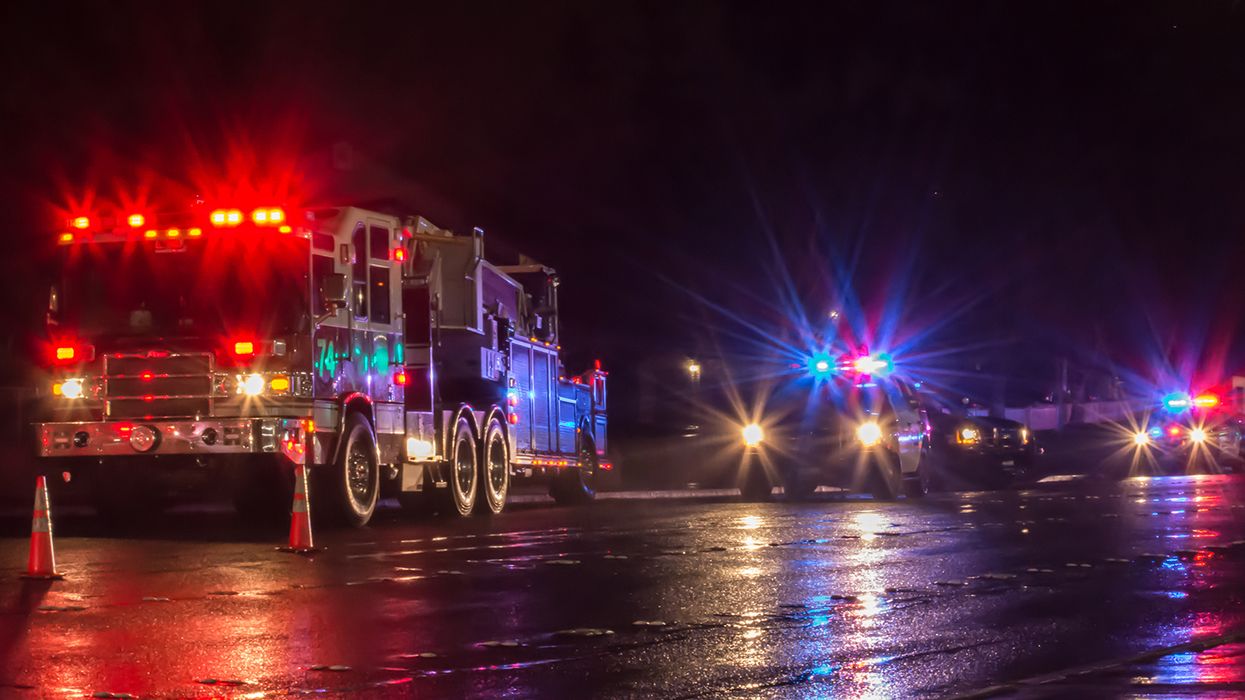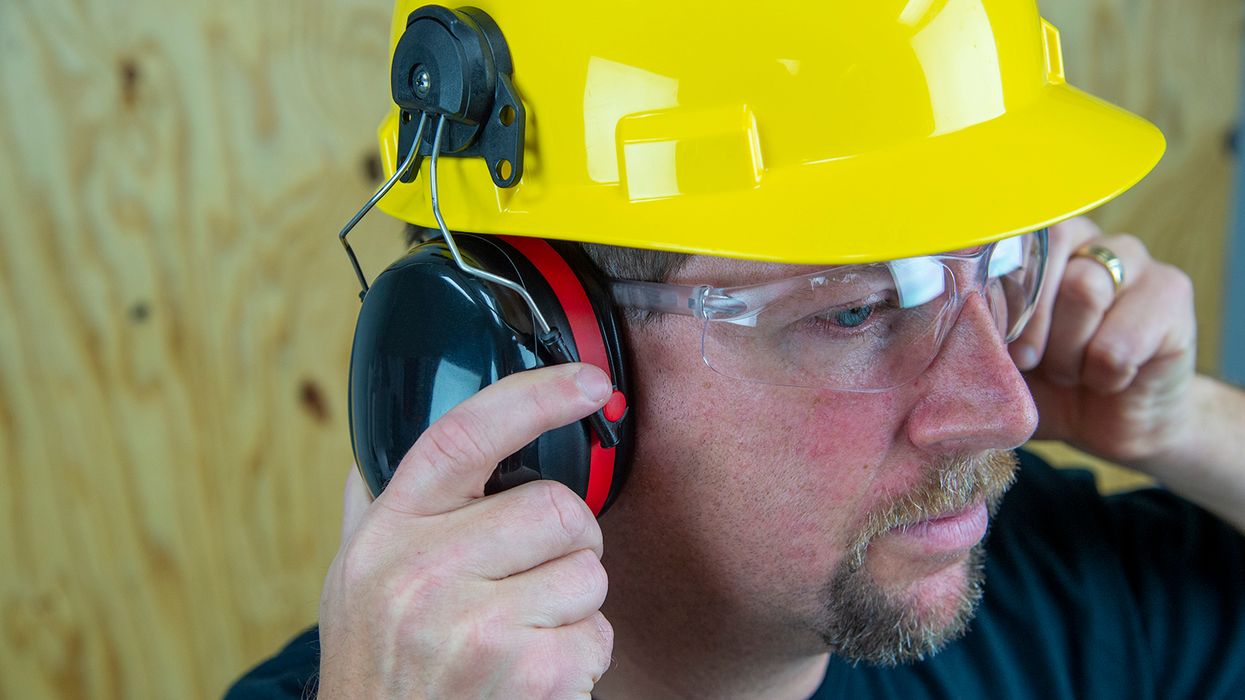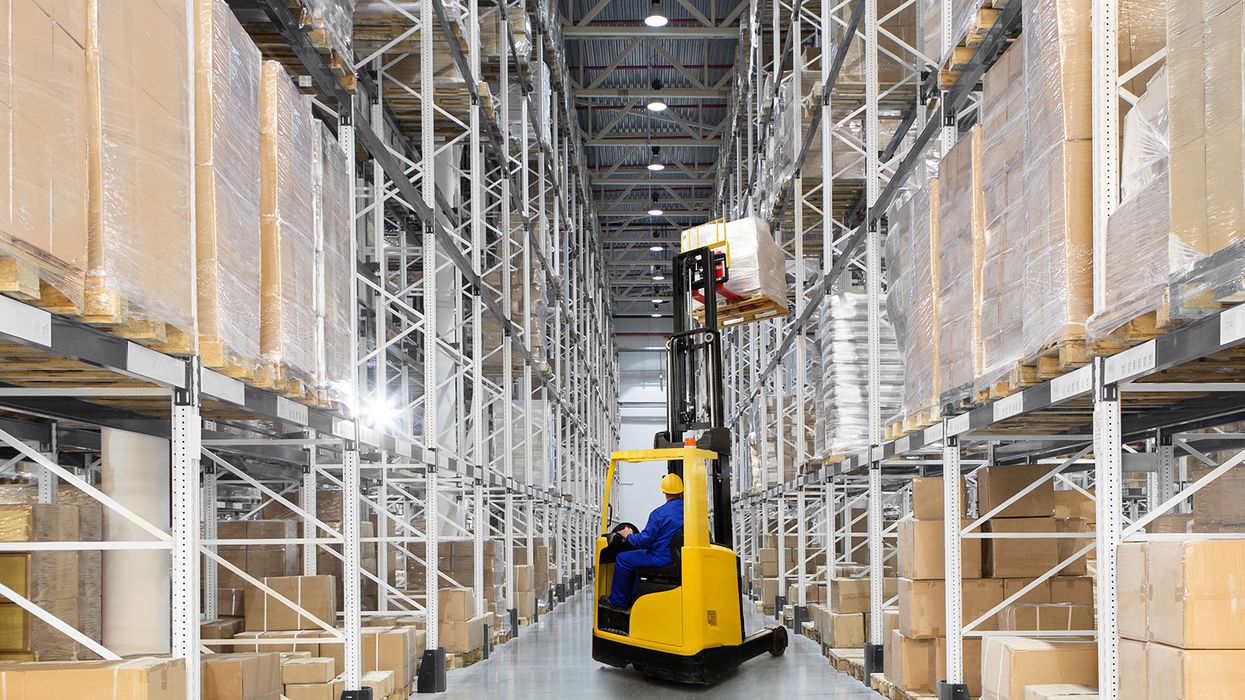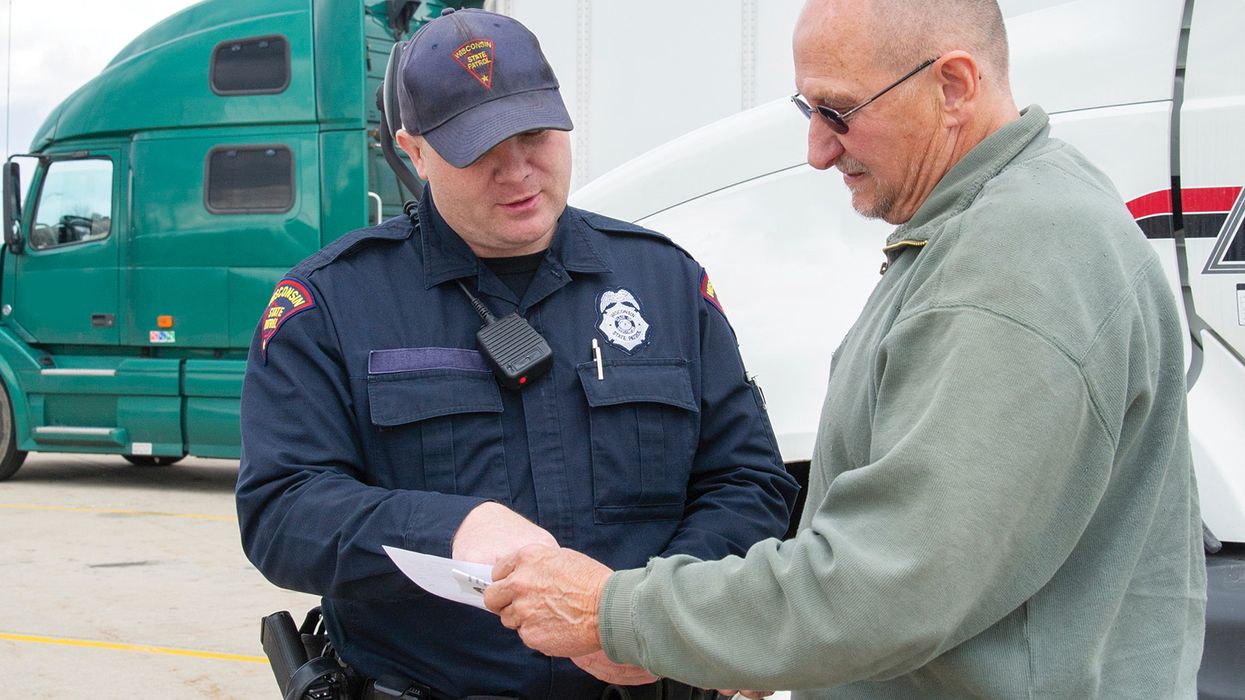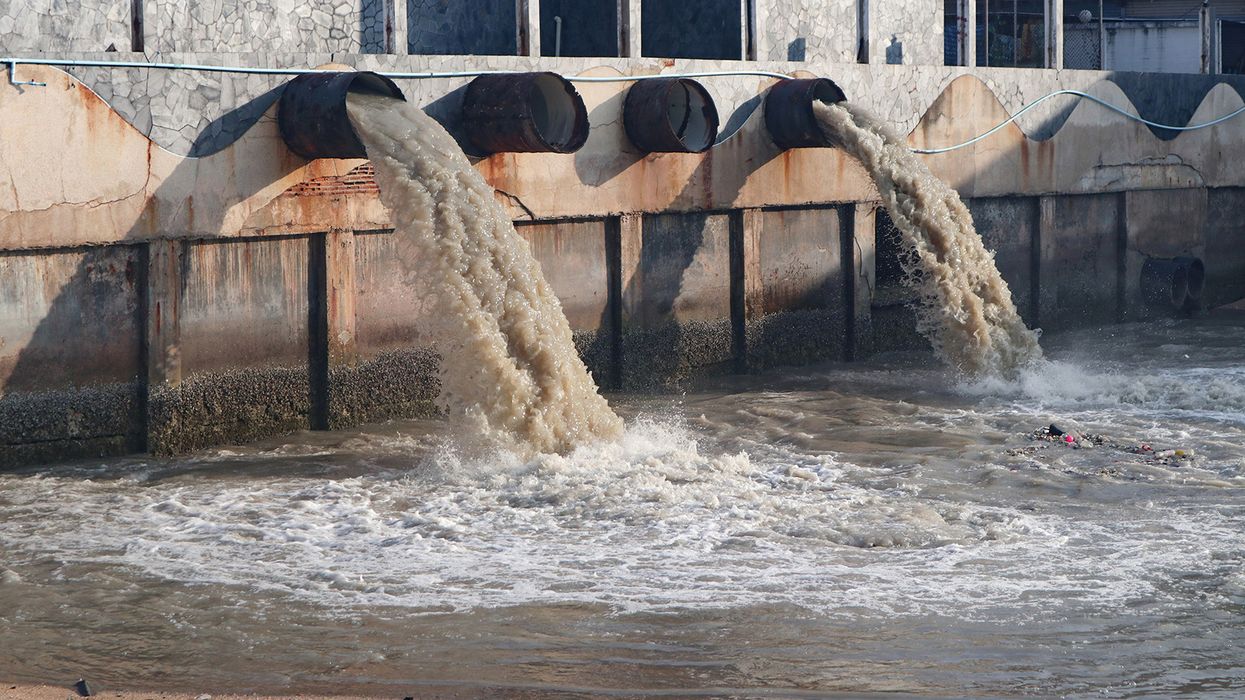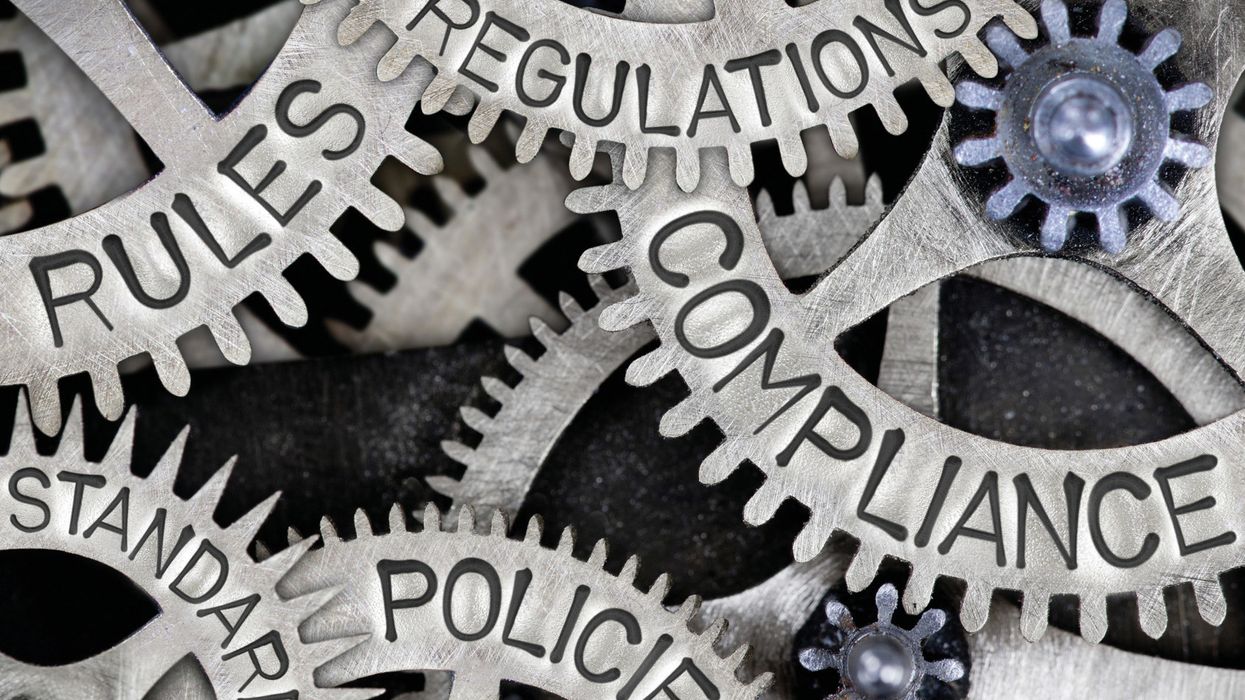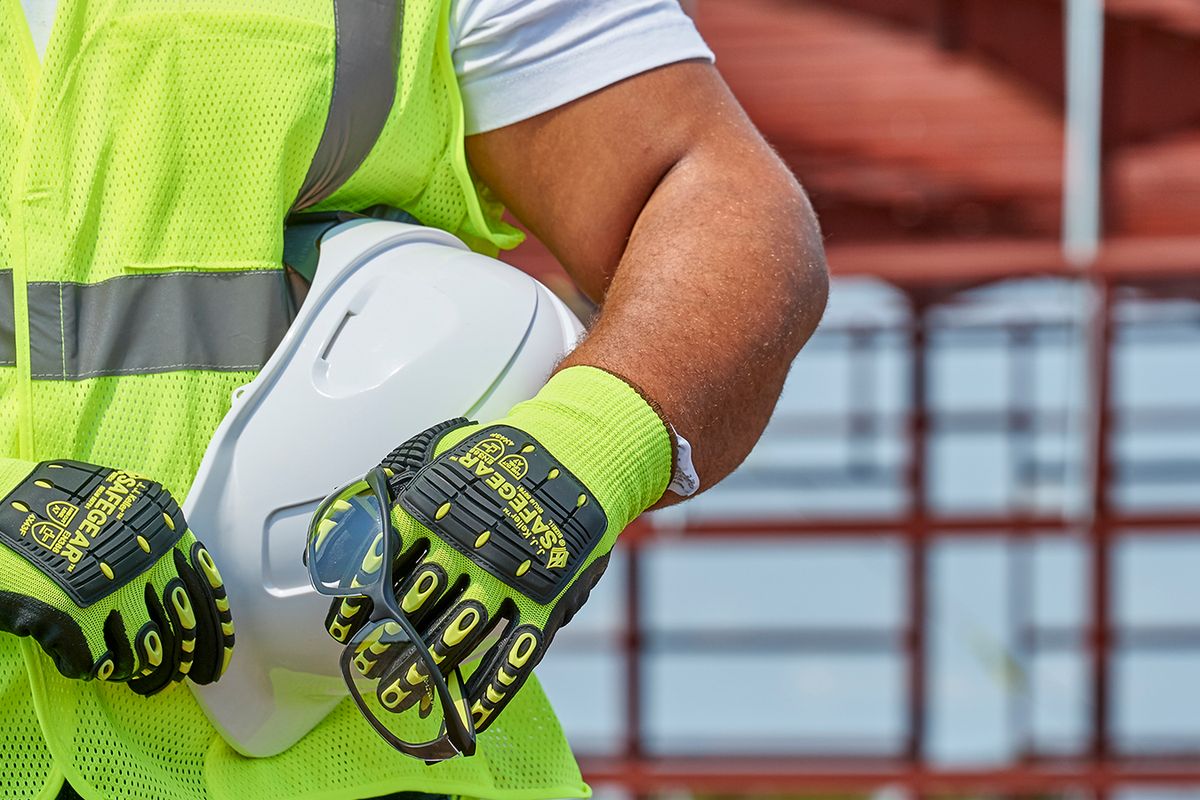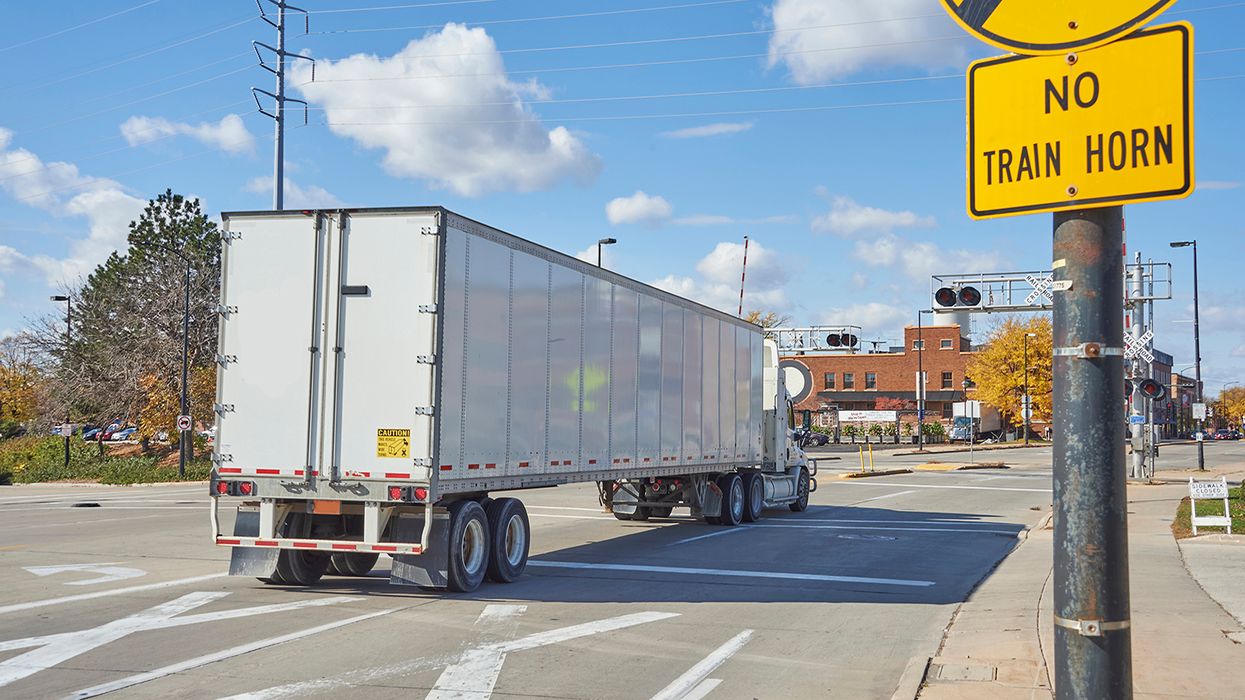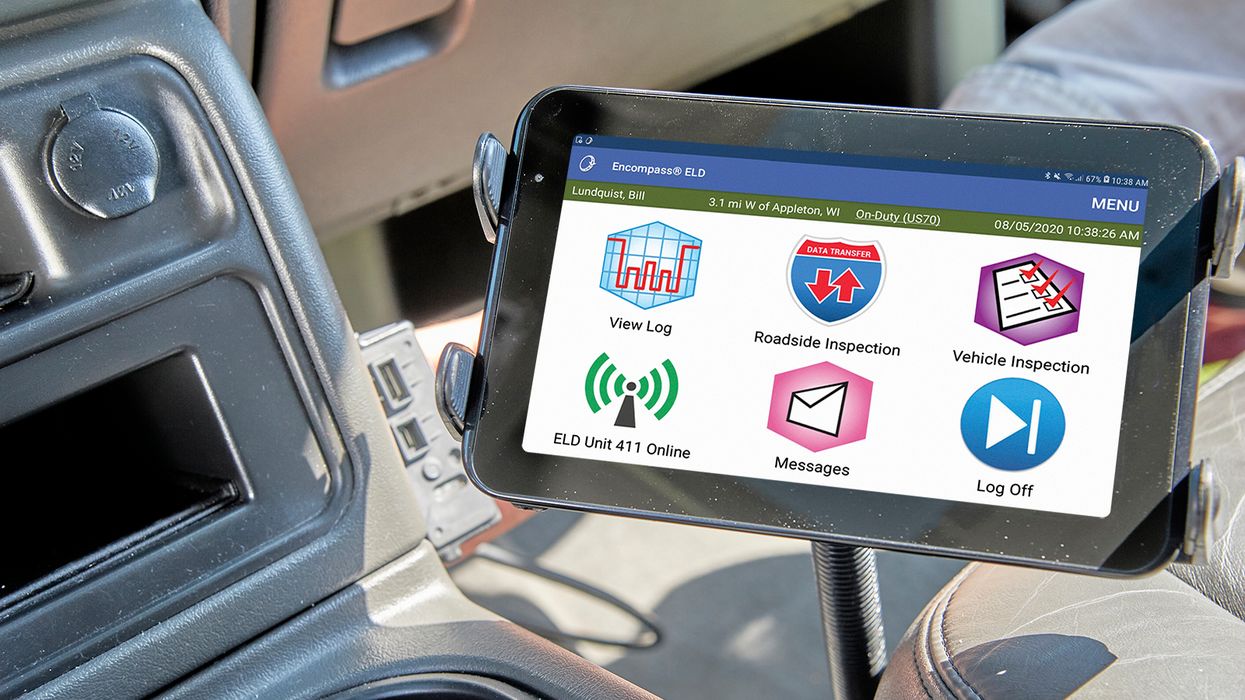Building a culture of safety starts at the top
A comment often made about fleet safety and compliance is, “It’s all about your culture.” How is a culture of safety and compliance built? With expectations, policies, training, and enforcement.
Expectations
A culture of safety must come from the top down. If senior management expects safety and compliance to be the prime factor in all decisions, then employees will adopt this attitude. Problems develop when senior management sends mixed messages. If a senior manager says, “Safety is important, but delivering on time is also important.” This could easily lead to a dispatcher, supervisor, or driver believing that on-time delivery trumps safety and compliance. Had the statement been, “How can we safely and compliantly improve our on-time delivery rate?” the employee would have no doubt about which is the priority.
Policies
Part of making company expectations known is having policies that are known, understood, and followed. Any policy needs to be concise, current, and consistently followed. Concise so it is easy to remember, current so it reflects what the employees are doing today, and consistently followed so it is generating the desired results.
Here is an example: The fire department I work part time for has a seven-page respiratory protection program. However, the firefighters who are the end-users of the program have a policy that begins with, “Thou shall not breathe smoke (or anything else that can harm you).” The policy then goes on to provide the details.
Training
Expectations and policies are communicated through training. To coin a phrase from my firefighting life, every day is a training day. In other words, provide training initially and on an ongoing basis. Drivers should not forget company priorities, policies, or expectations when it comes to safety and compliance.
Enforcement
There may be someone with conflicting priorities or a contrary nature who refuses to follow the expectations, policies, and training. Enforcement lets the employee know there are consequences when expectations are not met. In some cases, the individual will course correct and meet the expectations. In other cases, enforcement needs to follow the progressive discipline path. Each time the person does not meet expectations or violates a policy, there should be increasing consequences. In extreme cases, you may end up parting ways with an employee and senior management needs to support that decision.
Key to remember: A culture of safety and compliance just doesn’t happen. It takes work. However, at the end of the day, it will pay off.





